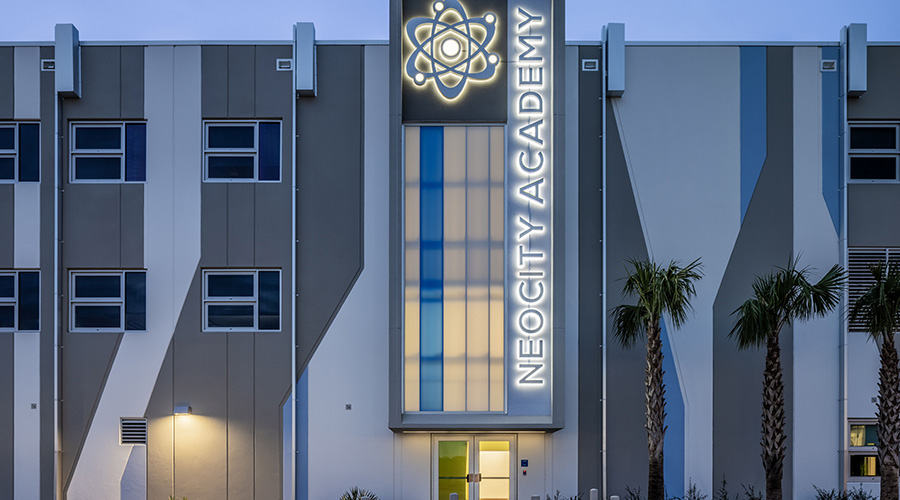GSA Continues On Road To Net Zero Energy Buildings
On the scale of Big Hairy Audacious Goals, many saw this as among the biggest and hairiest. In June 2010, General Services Administration (GSA) administrator Martha Johnson announced a Zero Environmental Footprint initiative — meaning not only will new GSA facilities be net-zero energy (a goal first put forth in October 2009 in President Obama's Executive Order 13154), but all government facilities will have zero impact on the environment, period.
"I think that GSA has been waiting for a uniting and galvanizing BHAG, and so I have decided we would adopt one," Johnson said in her speech at the Potomac Officers Club. She continued: "We are aiming for a zero environmental footprint, which is not about minimizing our footprint. It's about eliminating it."
Would this even be possible? And if so, what would it take? And further, why should the private sector even care about what GSA does? Johnson assured her listeners that Zero Environmental Footprint is not a "moon shot," and that by collaborating, by sharing information throughout the industry in both the private and public sectors, and by working hard to develop new technologies, the goal is achievable.
GSA certainly isn't the only organization with a long-term zero environmental footprint goal, but it's by far the most influential. GSA owns or leases about 9,600 buildings, making it by far the largest building owner in the country. And many in the private sector take cues from the government on how to implement their own strategies for efficiency and resource reduction.
So, three years later, where do things stand? According to a report issued by the Office of Management and Budget (OMB) in January 2013, the answer seems to be that GSA is making solid progress. The report is a scorecard on how GSA is progressing in each of its various goals — both the overarching zero environmental footprint goal Johnson called for in 2010, and the specific targets spelled out in President Obama's Executive Order and 2007's Energy Independence and Security Act. For example, EO 13154 calls for a reduction in energy use intensity in government facilities of 30 percent by 2015 compared to 2003 levels. As of January, GSA had exhibited a reduction of 24.5 percent, putting it well on target for its goal, according to the OMB report. Another example: GSA has reduced potable water use intensity by 19.2 percent, on pace for its goal of a 26 percent reduction compared to 2007 standards by 2020.
Good progress, to be sure, but GSA is still a ways from zero environmental footprint. What will it take for GSA to get there? First, let's take a look back at the last few years of government initiatives and goals.
One of the most important and potentially impactful strategies GSA has identified to meet its plethora of sustainable goals is using energy savings performance contracts (ESPCs) for deep energy efficiency retrofits and other sustainable improvements. In October 2011, GSA, Rocky Mountain Institute, the Office of Federal High Performance Green Buildings, and the Federal Energy Management Program (FEMP) participated in a meeting they called the "GSA Net Zero Renovation Challenge Charrette." One of the main goals for the charrette was to identify ways to leverage ESPCs to meet the government's efficiency goals, on its way to net zero.
Related Topics:













